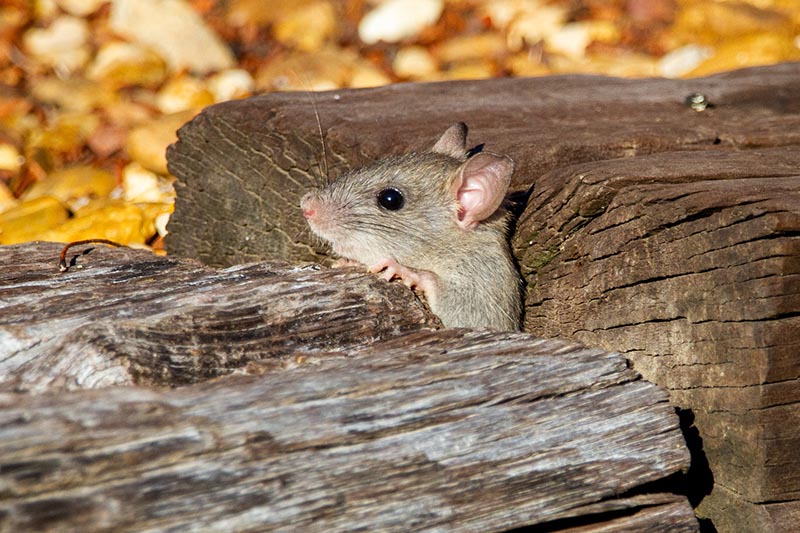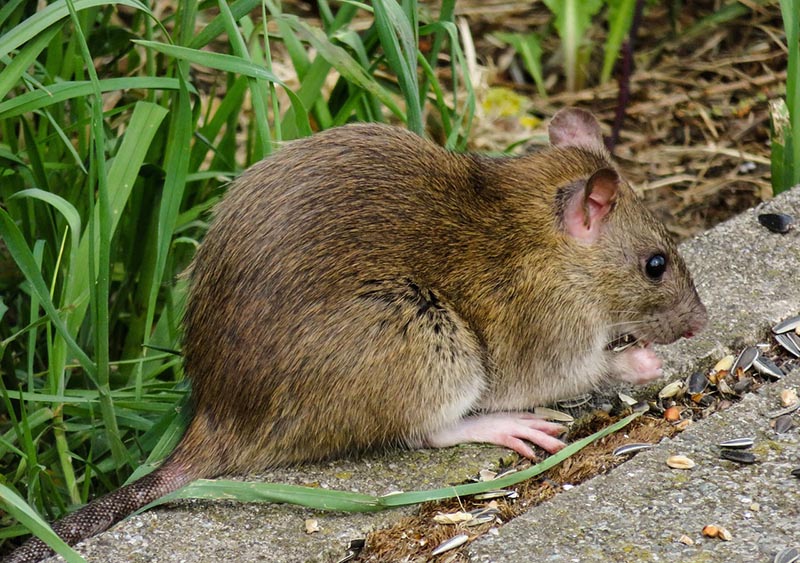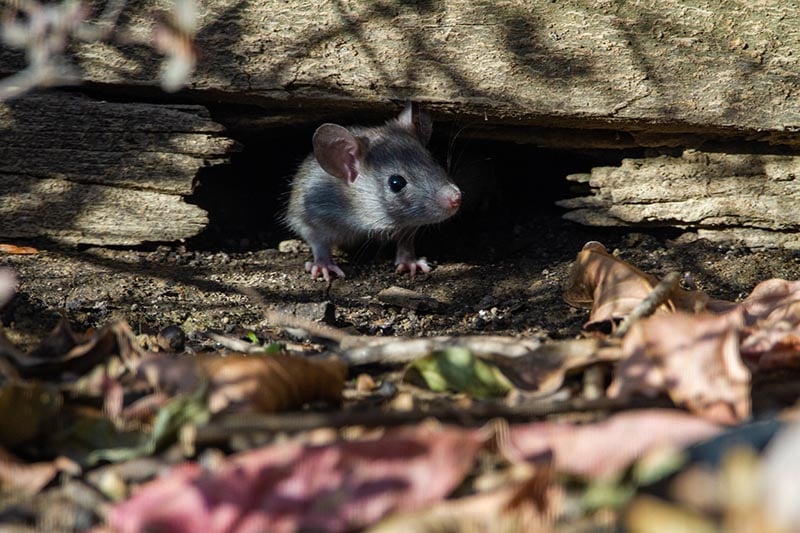Rats in Arizona: Types, Facts, & Tips for Homeowners
-
Ed Malaker
- Last updated:

No one wants to see rats on their property. These animals can get into food and homes, causing damage. They can also be difficult to eliminate. If you live in Arizona, you have likely seen more than one type of rat, and if you would like to learn about the differences between them, keep reading. This list goes over several of the most common rats in Arizona and tells you how to identify them so you can be better informed.

The 3 Types of Rats in Arizona
1. Pack Rat

- Average size: 6–8 inches sans tail
Also called a wood rat, a pack rat has large black eyes, big ears, and a long hairy tail. It usually weighs a little under 1 pound but can grow as large as 18.5 inches, with an average size of 15 inches. As their name suggests, these rats are nest builders that like to collect and store away items that they feel are valuable, which can be anything from a shiny piece of metal to colorful stones. They don’t seek out houses but will be happy to move into the walls or attic if the opportunity arises. Once they move in, they tend to use the same nest year after year. They line their nests with fecal matter and urine so they smell bad and can spread disease. They also tend to chew on wires and cause other damage, but they are relatively easy to remove by trapping them using shiny objects, like a Hershey’s Kiss, as bait.
- Easy to trap
- Doesn’t eat human food
- Can damage the home
- Bad smell
- Messy
- Spread disease
2. Brown Rat

- Average size: 8–10 inches sans tail
The brown rat is also called the Norway rat, common rat, sewer rat, and several other names. It is quite common in the United States, even in Arizona, and it’s the same species that causes problems for people in New York City. It has a body that can grow to 11 inches long, with a long tail that can add another 4–10 inches, making it larger than the wood rat. These rats enjoy human food and will enter cupboards, garbage cans, and more in search of it. Brown rats can burrow extensively to hunt for food and will create nests in many places. They tend to live in large communities and can multiply quickly, so you will need to take action if you notice them on your property. They can be hard to eliminate because they are afraid of new things and won’t easily fall for a trap, requiring most people to call a professional exterminator for help.
- None
- Eats human food
- Hard to remove
- Multiplies quickly
3. Roof Rat

- Average size: 8–10 inches, no tail
The roof rat is a newer variety to Arizona, only arriving in the early 2000s. It’s smaller than the other varieties on this list, and you might hear people call it a black rat or a ship rat. These rats have a particular fondness for creating nests in the upper parts of buildings, especially in the attic and roof. They can damage your home by chewing through wood and other materials and will also look for food, contaminating it. This rat’s body will usually grow to 6 to 8 inches, but it’s thinner than a pack rat, with a hairless tail that grows to 6–8 inches. These rats live in small colonies of about 10 and can produce up to 40 offspring per year.
- Smaller than most other varieties
- Eats human food
- Multiplies quickly

How Can I Avoid Getting Rats in My Home?
- Seal up any holes around your home that the rats could use to gain entrance. These animals only need a hole about the size of a quarter to get in.
- Make sure you seal all your windows and vents.
- Keep shrubs and tree branches trimmed away from your house so rats can’t use them as a bridge.
- If you have fruit trees on your property, don’t allow the fruit to sit on the ground, as this can attract rats. Clean it up every day or two once it starts falling.
- Keep tight-fitting lids on your garbage cans at all times.
- Store your dry food and any pet food in closed containers.
- Never let pet food sit out longer than it takes your pet to eat.
- Remove any outdoor water sources that rats might use, like a birdbath or a long-lasting puddle.
- Eliminate any leaking pipes that can help create a moist atmosphere.
- Store any firewood at least 20 feet from your home.
- Call a licensed professional to inspect your home if you notice rats on your property.

Summary
You will find three kinds of rats in Arizona. The common pack rat usually keeps to itself but will be happy to make a home in yours if the opportunity presents itself. The brown rat is the same as in New York City, and it’s more of a nuisance in Arizona because it is larger and harder to eliminate and tends to go after human food. The roof rat is a modern addition to the Arizona rat population. Though it is smaller than the other varieties, it can still be a pest because it tends to chew through wood and other building materials, and it will also eat human food. You can help keep the rats from nesting on your property by inspecting your home frequently and plugging any small holes. Keeping your food in airtight containers and eliminating any standing water on your property can also help.
Featured Image Credit: Joshua J. Cotten, Unsplash
Contents
